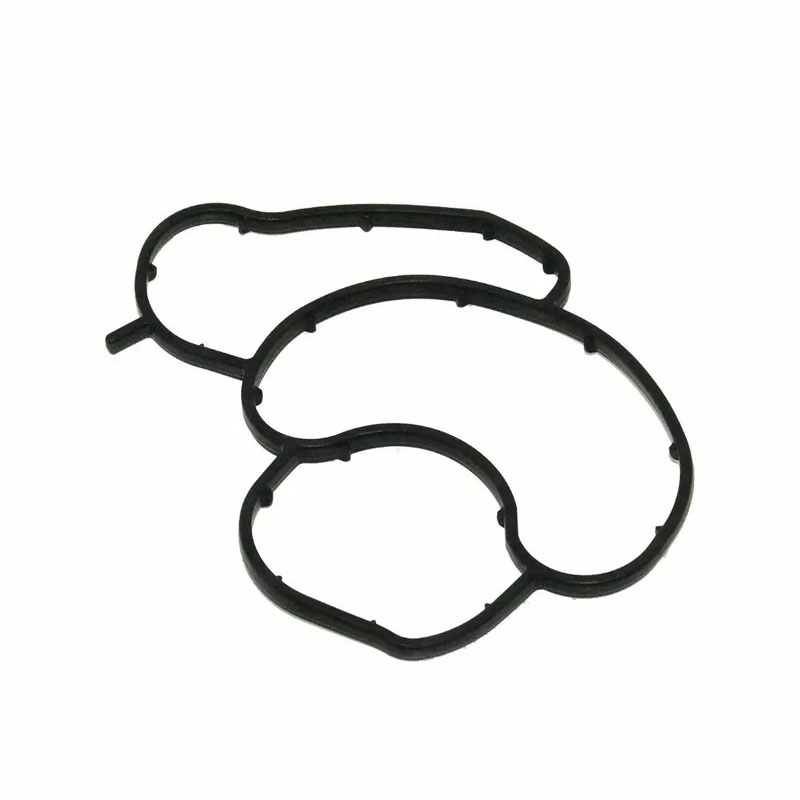Front Differential Pinion Seal Replacement and Maintenance Guide for Optimal Performance
Understanding Front Differential Pinion Seal Importance and Maintenance
The front differential pinion seal is a critical component in the functioning of a vehicle's drivetrain. This small yet vital seal plays a significant role in maintaining the integrity of the differential, which helps distribute power from the engine to the wheels. In this article, we will explore what the front differential pinion seal is, its importance, common issues associated with it, and maintenance tips to ensure its longevity.
What is a Front Differential Pinion Seal?
The front differential pinion seal is located at the front of the differential housing, sealing the area where the pinion gear enters the differential. Its primary function is to keep lubricating oil contained within the differential. The oil is essential for lubricating the gears and preventing wear and tear. Without a functioning seal, the oil can leak out, leading to a decrease in lubrication and potential damage to the differential components.
Importance of the Front Differential Pinion Seal
The front differential pinion seal is crucial for several reasons
1. Lubrication Maintenance The seal ensures that the lubricating oil remains within the differential, providing vital lubrication to the pinion and ring gears. This lubrication reduces friction, allowing the gears to operate smoothly and efficiently.
2. Preventing Contamination The seal also prevents dirt, water, and other contaminants from entering the differential. Contaminants can compromise the lubricant's effectiveness, leading to increased wear on the gears and internal components.
3. Cost-Effective Solution Maintaining a healthy front differential pinion seal can save you significant repair costs in the long run. A failing seal can lead to catastrophic damage to the differential, which can be expensive to repair or replace.
Common Issues Associated with the Pinion Seal
While the front differential pinion seal is designed to last, it can encounter various issues over time
1. Wear and Tear Over time, seals can deteriorate due to exposure to heat, oil, and environmental factors. Aging rubber can crack and lose its sealing capability, leading to leaks.
front diff pinion seal

2. Improper Installation If the seal is not installed correctly, it can lead to misalignment and premature failure. It's crucial to ensure that the seal is fitted properly during replacement or maintenance.
3. Excessive Vibration Vehicles that experience excessive vibrations due to worn-out mounts or unbalanced components can put extra strain on the pinion seal, leading to accelerated wear.
4. Container Breach Severe impacts or accidents can deform the differential housing, affecting the seal's ability to maintain a tight seal.
Maintenance Tips for Longevity
To ensure your front differential pinion seal lasts as long as possible, consider the following maintenance tips
1. Regular Inspections Periodically check for any signs of oil leakage around the differential area. A small puddle of oil or wet areas on the housing can indicate a failing seal.
2. Change Differential Fluid Regularly changing the differential fluid as per the manufacturer’s recommendations can help maintain seal integrity. Clean fluid reduces the risk of contamination and helps keep the seal lubricated.
3. Address Vibration Issues If you notice excessive vibrations while driving, it is crucial to diagnose and address these issues promptly. This could include inspecting mounts, driveshafts, and tires.
4. Professional Servicing If you're unsure about the condition of your front differential pinion seal or if you suspect it has failed, consulting with a professional mechanic is advisable. They can perform a thorough inspection and recommend necessary repairs or replacements.
Conclusion
The front differential pinion seal, although small, plays a vital role in the overall function of your vehicle’s drivetrain. Regular maintenance and timely repairs can prevent significant issues that could lead to costly repairs. By being proactive about seal maintenance, you can ensure the smooth operation of your differential and, by extension, your vehicle. Understanding this component and its importance can lead to better vehicle care and longevity.
-
Understanding Automotive Oil Seals: Essential Components for Engine and Shaft Protection
News Jul.30,2025
-
The Importance of Heavy Duty Seals in Industrial and Residential Applications
News Jul.30,2025
-
Exploring Industrial Oil Seals: From Felt Oil Seals to TTO and CFW Solutions
News Jul.30,2025
-
Essential Guide to Oil Seals: From Radial to Metal-Cased Seals for Industrial Reliability
News Jul.30,2025
-
Choosing the Right Oil Seals and Gaskets for Industrial and Automotive Applications
News Jul.30,2025
-
Cassette Seals: Durable Sealing Solutions for Harsh Environments
News Jul.30,2025
-
Understanding the Front Main Engine Seal: Purpose, Maintenance, and Installation
News Jul.29,2025
Products categories















